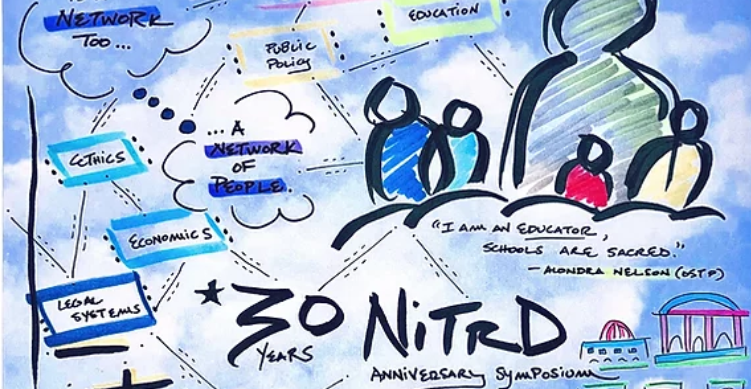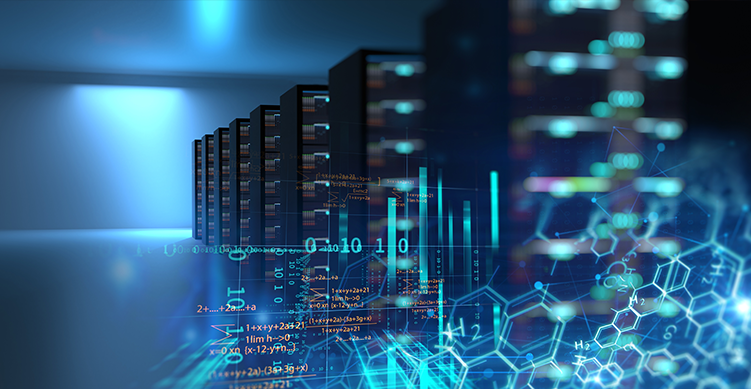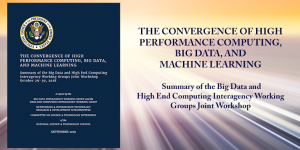NITRD’s 30th Anniversary Symposium Recap – Panel 1: Computing at Scale
This post is the first in a series highlighting the panels from that day, starting with Panel 1: Computing at Scale, moderated by Ben Zorn (Microsoft) and featuring distinguished panelists Luiz André Barroso (Google), Ian Foster (Argonne NL), Timothy Pinkston (USC), and Kathy Yelick (UCB). The panel led a riveting discussion celebrating the incredible past achievements of high performance computing (HPC) and cloud computing, as well as looking ahead to where this technology is going and how it is affecting society.





